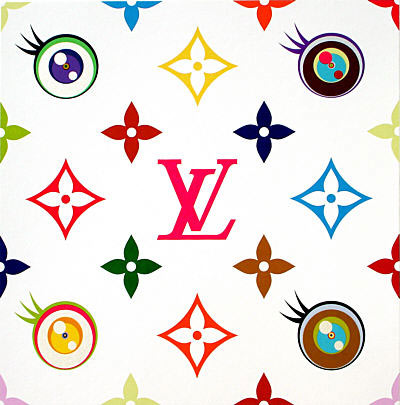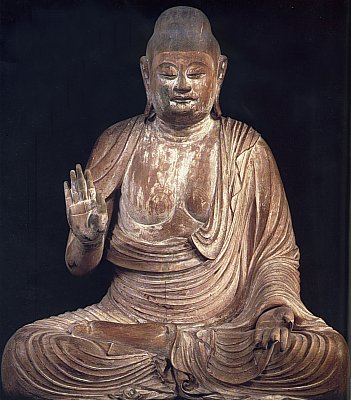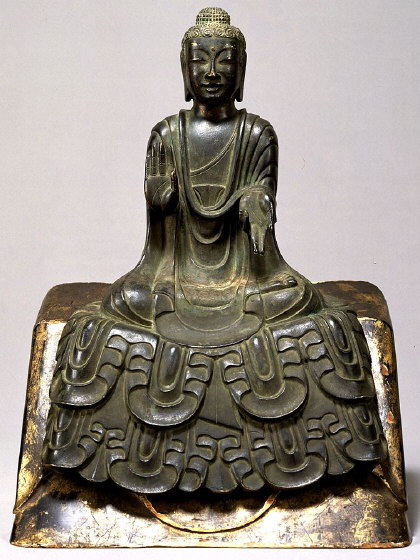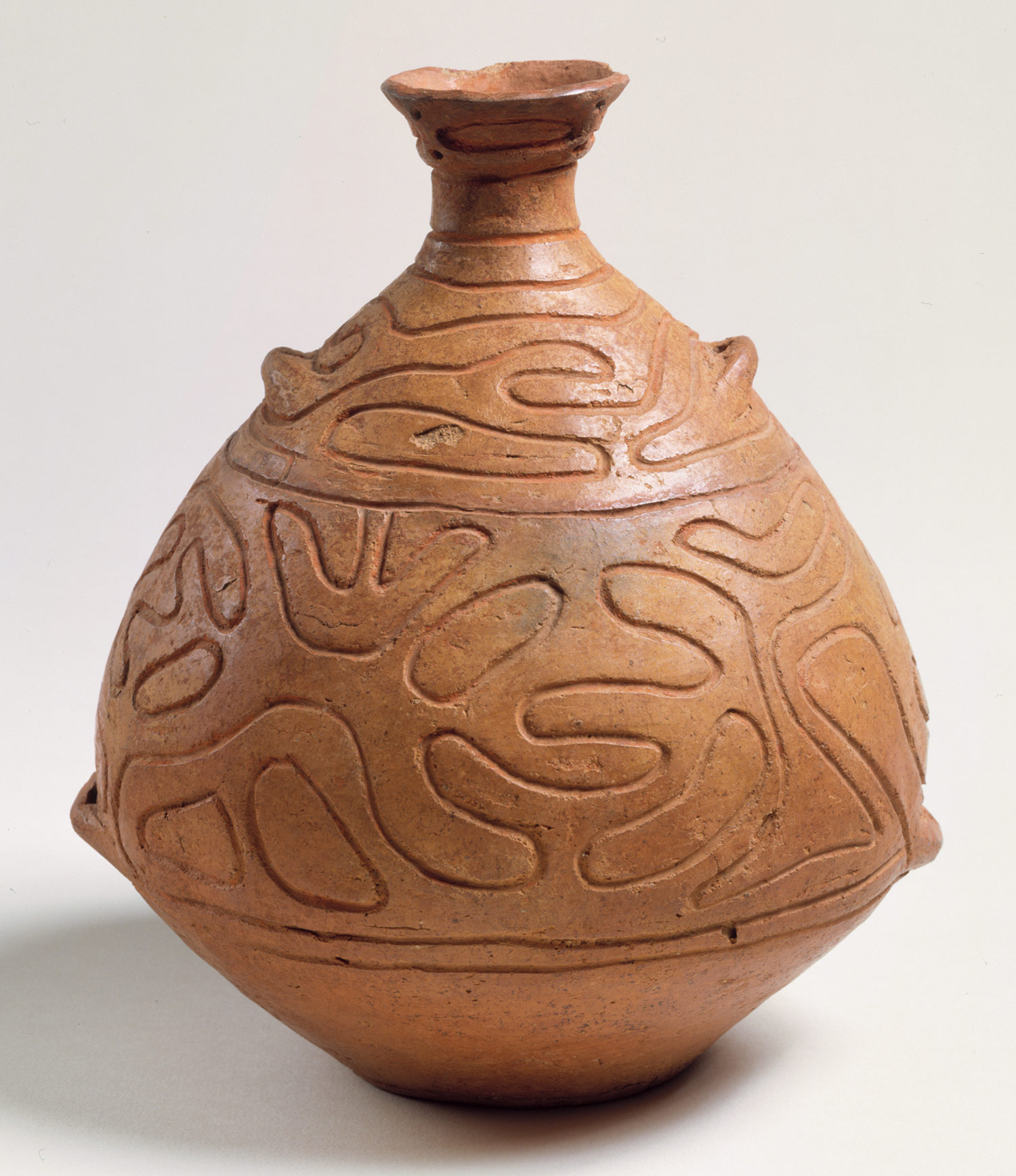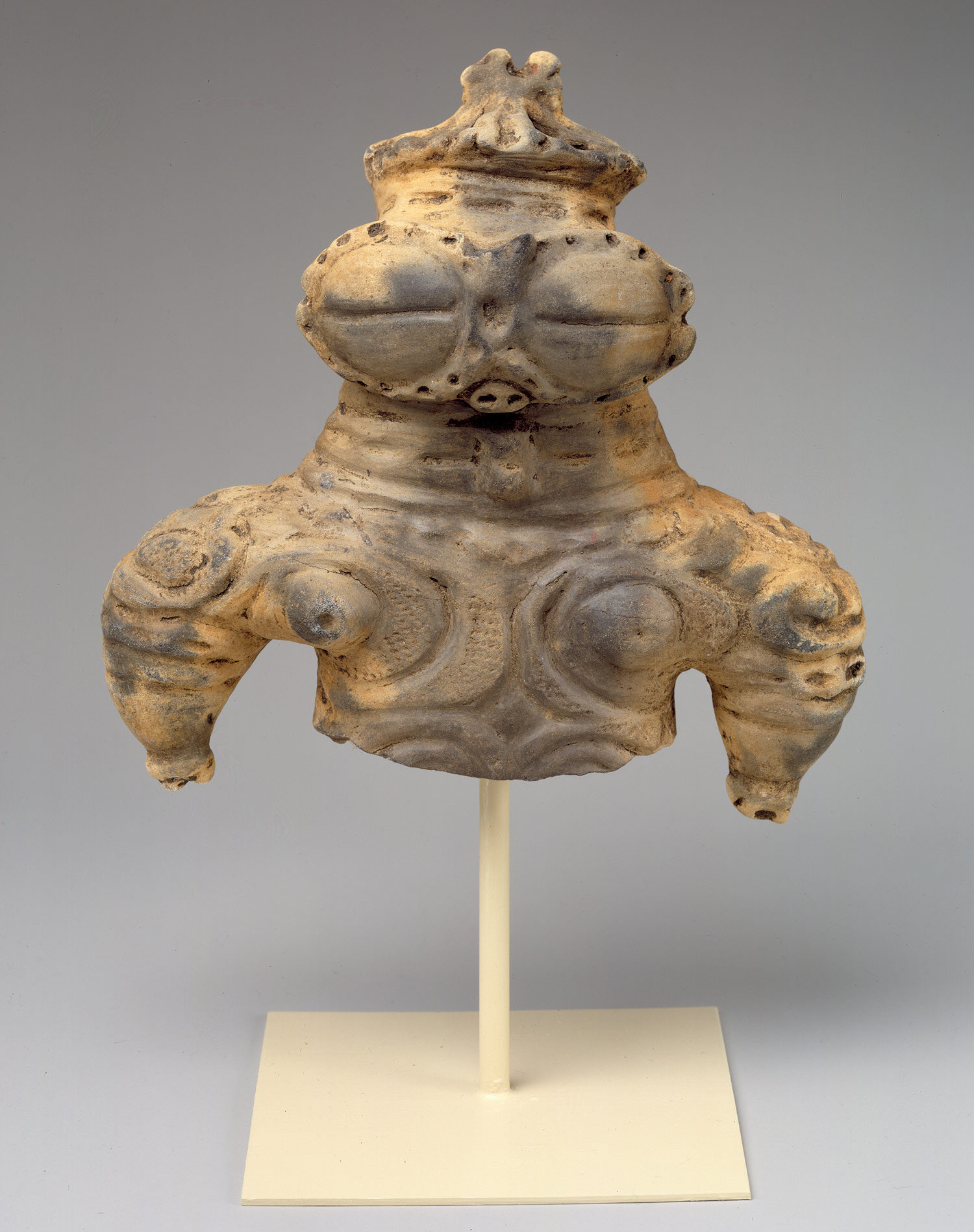Kofun Period (ca. 250-538 AD)

Jar Early Kofun Period, 4th century
Kofun Period - ("old tomb") this period in Japanese history takes its name from the tomb mounds, which are associated with the rich funerary rituals of the time. (See picture below.)
Daisenryo Kofun, the tomb of Emperor Nintoku, (5th century)
Sueki pottery - marks a turning point in the history of Japanese ceramics since Sueki ware was molded with aid the of the potter's wheel. The pottery was fired in a Korean-style anagma kiln, made of a single tunnel-like chamber half buried in the ground along the slope of a hill. Sueki ware was usually made of blue-gray clay and is often thin-bodied and hard.
Decorated Sueki Jar, Kofun Period (6th century)
Haniwa - are terra cotta clay figures which were made for ritual use and buried with the dead as funerary objects. They were made in numerous forms to include domesticated animals, houses, weapons, pillows, and male and female forms. It is believed that the soul of the deceased would reside in the hawina. However, as the Kofun people became more developed, the haniwa was set towards the outside of the grave area, and it is thought that they were used as boundary markers.
Haniwa sculpture: Bust of a Warrior
Kofun Period (ca. 3rd century - 538)







